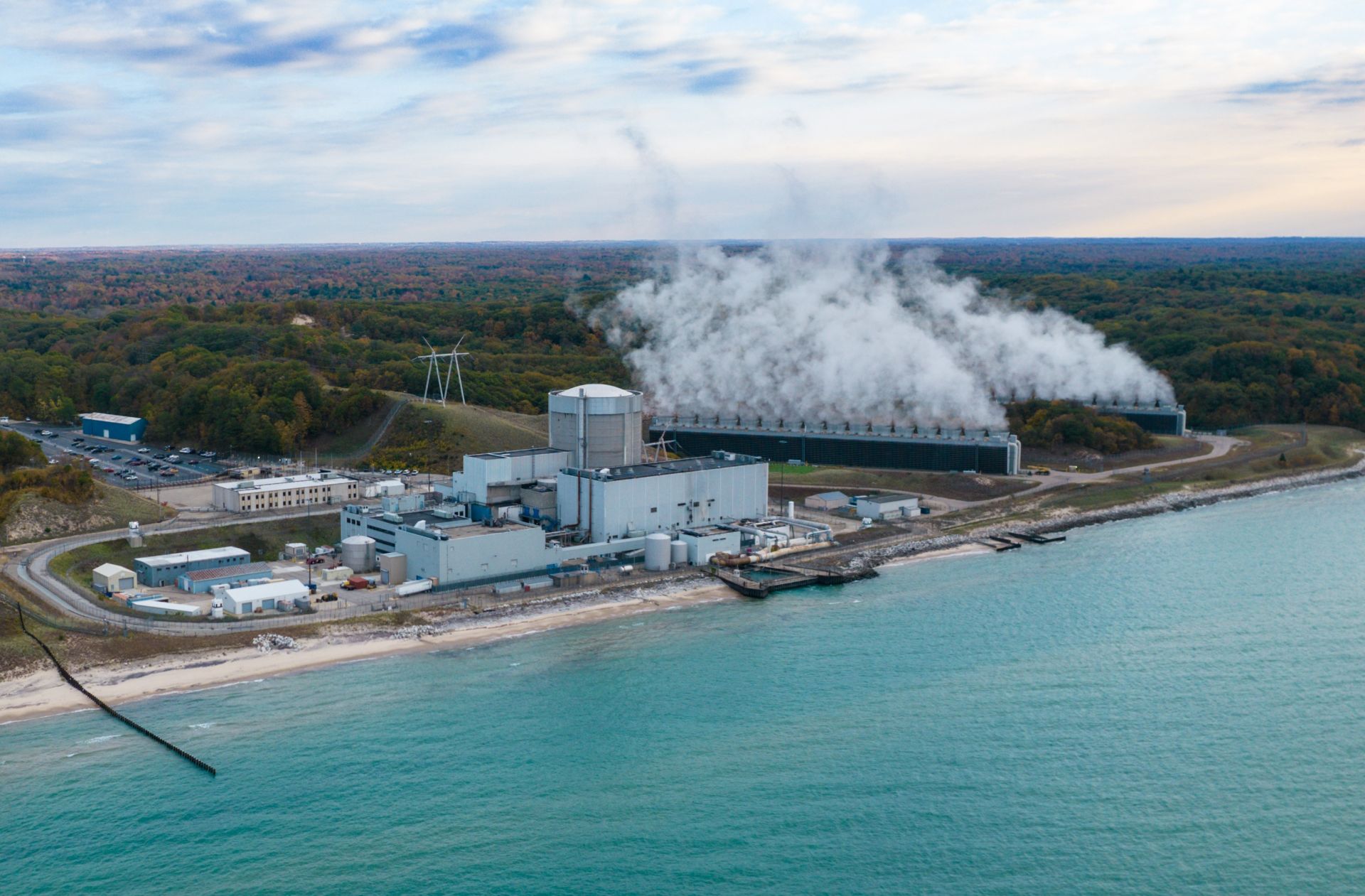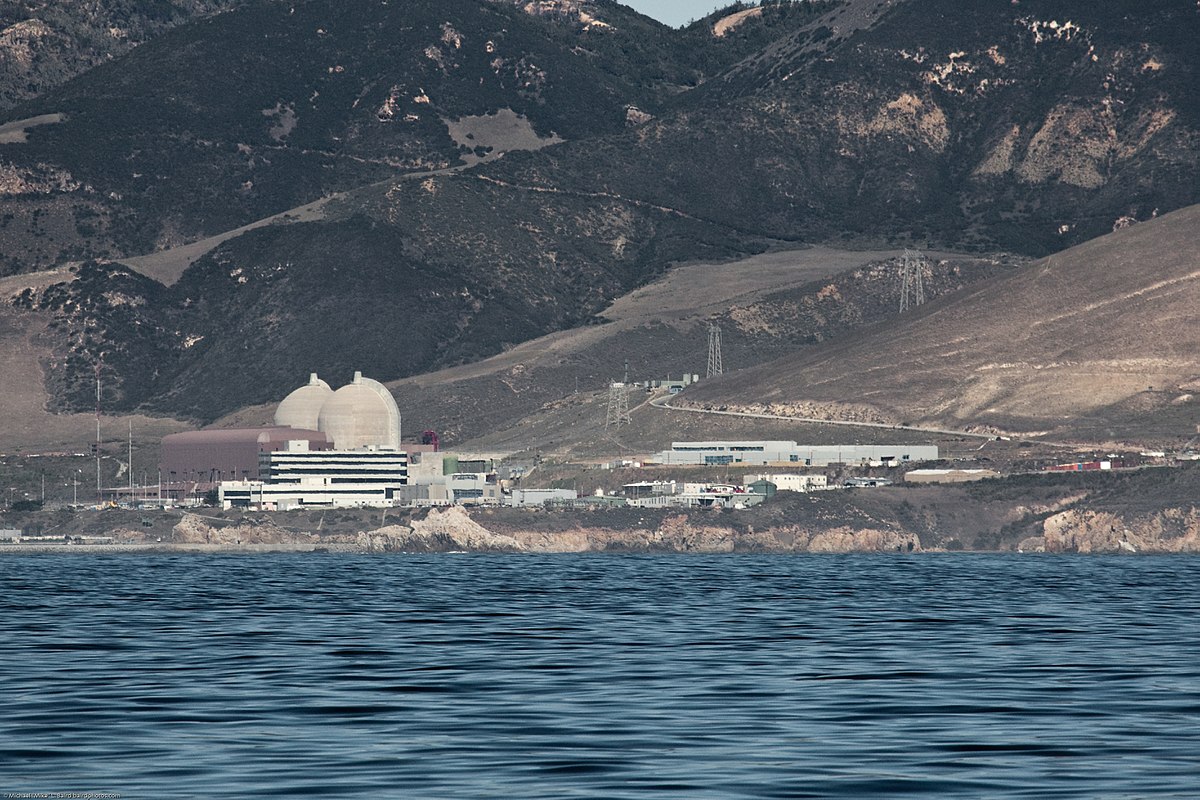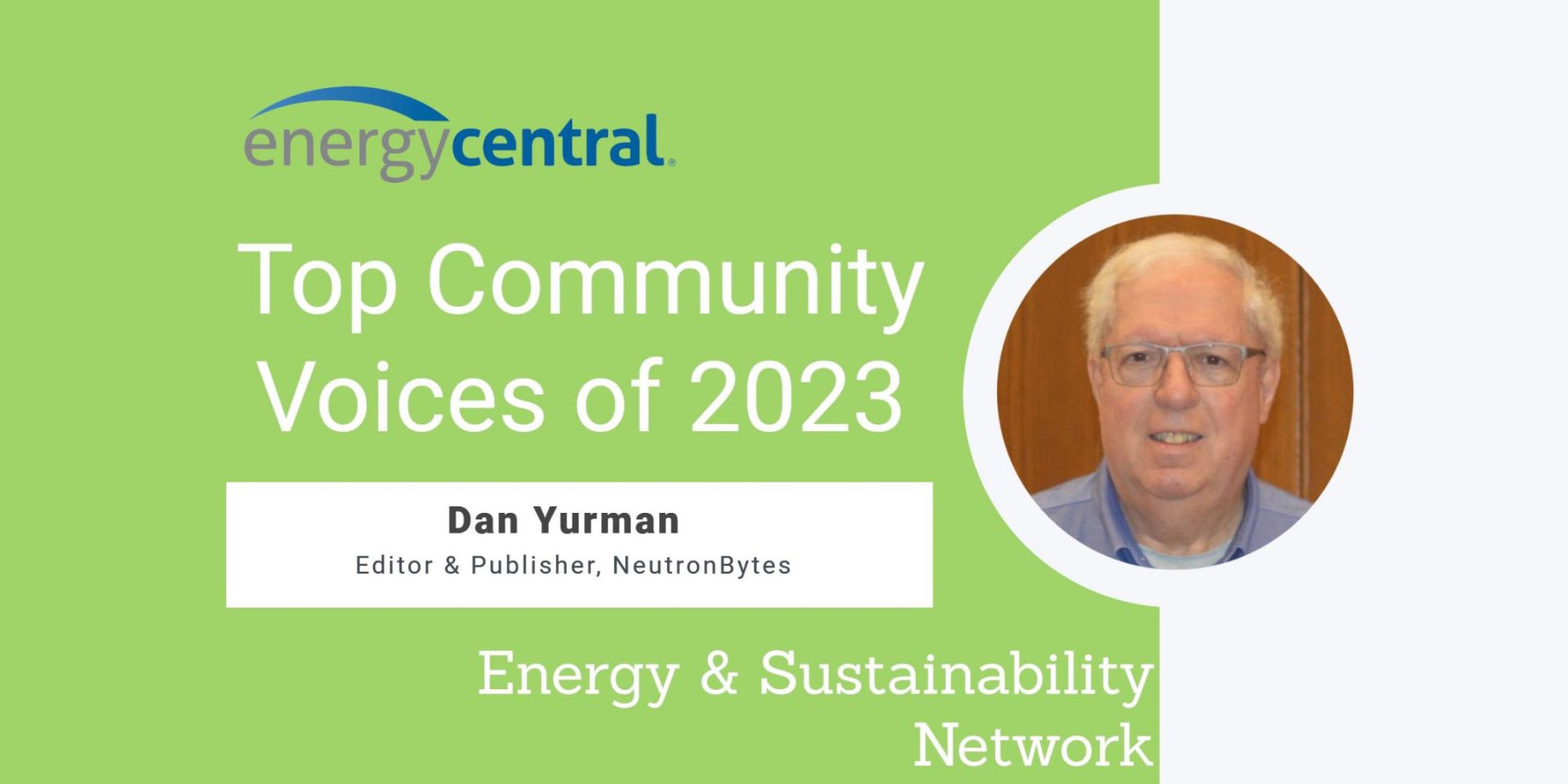While interning at SRS, Texas Tech senior Jinju Philip spent time in the quality assurance program inside the Defense Waste Processing Facility. He now works part time in the Technical Student Program as a system engineer for the site’s tank closure effort. (Photo: SRMC)
The Department of Energy Office of Environmental Management’s liquid waste contractor at the Savannah River Site is giving nine college students the opportunity to jump-start their careers this year through a hybrid work program that allows them to finish their engineering or computer science studies while also interning at SRS.
Members of the IAEA’s INSServ team visit the Sihanoukville Autonomous Port in Cambodia. (Photo: IAEA)
The International Atomic Energy Agency completed an advisory service mission to Cambodia on December 11–22 that focused on assessing the country's security regime for nuclear and other radioactive material out of regulatory control (MORC).
The V. C. Summer nuclear power plant. (Photo: South Carolina Electric and Gas Co.)
The Nuclear Regulatory Commission has finalized an inspection finding as “white” related to an inoperable emergency diesel generator at the V. C. Summer nuclear power plant in Jenkinsville, S.C. Under the NRC’s reactor oversight process, a white inspection finding reflects low-to-moderate safety significance.
“Maintaining the operational readiness of all safety-related equipment is crucial for the plant's ability to respond effectively in emergencies,” said Laura Dudes, NRC Region II administrator. “While not indicative of immediate risk, this finding underscores the need for continuous vigilance and improvement in the plant’s corrective action process.”
A still from a video on Westinghouse Electric Company’s eVinci microreactor, one of seven advanced reactor technologies that received support in GAIN’s latest round of nuclear energy vouchers. (Image: Westinghouse)
The Gateway for Accelerated Innovation in Nuclear (GAIN) announced December 19 that seven firms will get vouchers to access the nuclear research facilities and expertise of the national laboratory complex in the first round of fiscal year awards. Each company is paired with one or more national laboratories to work on concepts from advanced reactor fueling to fuel recycling to climate forecasting.
Palisades nuclear power plant. (Photo: Holtec)
A bipartisan group of nine House members is calling on the Department of Energy to give “fair, full, and swift consideration” to Holtec International’s application for DOE Loan Programs Office funding to restart the company’s Palisades nuclear plant, closed last year by the facility’s previous owner, Entergy.
Diablo Canyon nuclear power plant. (Photo: Mike Baird/WikiCommons)
The Nuclear Regulatory Commission has accepted for review Pacific Gas and Electric’s formal request to extend Diablo Canyon nuclear power plant’s operating licenses for another 20 years.
Workers place the dome atop Hinkley Point C’s first reactor building on December 15. (Photo: EDF Energy)
EDF Energy’s new nuclear build megaproject at Hinkley Point C last Friday moved forward—or, more literally, upward then downward—when workers, with a substantial assist from Big Carl, the world’s largest crane, successfully lifted the C1 reactor building’s 47-meter-wide, 245-ton steel dome into place.
LLNL physicist Mary Burkey developed a novel approach to simulating the energy deposition from a nuclear device on an asteroid’s surface. (Photo: LLNL)
The same high energy density that makes nuclear energy a clean and efficient source of power could make it a good alternative to defend the planet against catastrophic asteroid impacts. NASA demonstrated the world’s first planetary defense technology in September 2022 by deliberately crashing a “kinetic impactor”—a heavy, box-like spacecraft—into an asteroid. Now, researchers at Lawrence Livermore National Laboratory have developed a new tool to model how a nuclear device could deflect—or even destroy—an asteroid threat to Earth in a more efficient and controlled way.
The Diablo Canyon nuclear power plant. (Photo: Doc Searls)
The California Public Utilities Commission (CPUC) voted last Thursday to extend the life of Diablo Canyon an additional five years. The decision was the final step in the extension of the state's last remaining nuclear power plant, whose two reactors will now operate until at least 2029 and 2030, respectively, instead of closing in 2024 and 2025.
Applause at the conclusion of COP28. (Photo: Kiara Worth/UN Climate Change)
The United Nations' Climate Change Conference of Parties (COP28) in Dubai, United Arab Emirates, closed on December 13 after debate on a “global stocktake” pushed negotiations a full day past the scheduled end date. Though advocates hoping for a phaseout of fossil fuels were ultimately disappointed and must settle for “transitioning away,” another first—after 30 years of global climate conferences—is the inclusion of nuclear energy among the zero-emissions and low-emissions technologies that still could, if deployment is accelerated, support deep reductions in greenhouse gas emissions to limit global warming to 1.5°C.
STARFIRE is the name of an inertial fusion energy hub led by Lawrence Livermore National Laboratory—one of three hubs announced in early December. (Image: LLNL)
The Department of Energy recently announced that it was establishing three inertial fusion energy (IFE) hubs and funding them with a total of $42 million over four years. The leaders of the three hubs selected by competitive peer review—Colorado State University, Lawrence Livermore National Laboratory, and the University of Rochester—all issued press releases touting the attributes and plans of their facilities and their research collaborators on the same day—December 7.
















